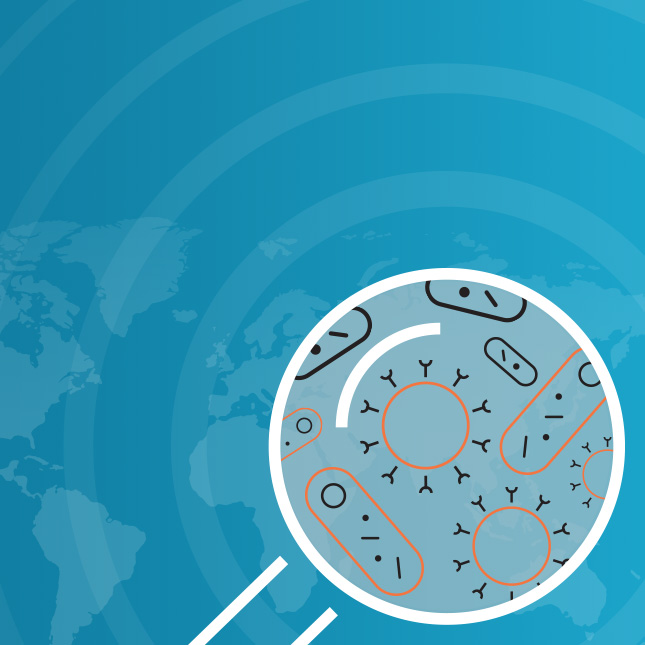Part-3 The connection of anti-microbial resistance (AMR) and evolving influenza virus strain to climate change.
In this section, we will largely focus on adverse effects on health-related issues arising out of climate change driven by global warming on life that exist on planet Earth.
It is well established that Global warming will adversely affect the life of all living things, including humans, plants, and animals, is strongly supported by scientific evidence.
The effects of global warming are complex and multifaceted, impacting various aspects of life on Earth.
Effects on Life:
– Polar Regions & Glaciers: Global warming significantly affects Earth’s polar regions and mountain glaciers, leading to habitat loss and unpredictable weather patterns.
– Biodiversity: Increased temperatures and changing climates can lead to the extinction of many plant and animal species.
– Agriculture: Shifts in patterns of agriculture due to changing weather conditions can disrupt food production.
Major Health Risks for Humans:
– Heat-Related Illnesses: As temperatures rise, there will be more heat-related illnesses and deaths, especially in urban areas.
– Respiratory and Cardiovascular Diseases: Poor air quality can increase respiratory and cardiovascular diseases.
– Infectious Diseases: There’s a higher risk of the spread of infectious diseases due to changes in the habitats of vectors like mosquitoes.
– Mental Health: The stress from climate change impacts, such as extreme weather events, can also affect mental health.
Additional Impacts:
– Nutrition: Climate change can lower the nutritional quality of food staples like wheat and rice.
– Food Safety: There’s an increased chance for food-borne pathogens to enter the food supply.
– Water Quality: More frequent heavy rain events can lead to water-borne illnesses.
The World Health Organization (WHO) has stated that climate change is the BIGGEST HEALTH THREAT facing humanity, estimating around a quarter of a million additional deaths each year from 2030-2050 due to malnutrition, malaria, diarrhea, and heat stress.
It’s clear that the health risks associated with global warming are significant and require urgent attention to mitigate their impact.
The connection between antimicrobial resistance (AMR) and climate change is multifaceted. Climate change impacts AMR in several ways, including through changes in temperature and humidity that can affect the spread of resistant microorganisms.
For instance, a rise in global temperatures has been linked to an increase in AMR, as higher temperatures can facilitate the TRANSFER OF RESISTANCE GENES between bacteria, making them more prevalent.
Similarly, climate change influences the evolution and spread of influenza virus strains. Meteorological factors like temperature, humidity, and air pressure can affect the TRANSMISSIBILITY of different influenza types and subtypes.
Studies have shown that low temperatures and humidity can increase the stability and transmission of the virus, while high temperatures may inhibit its spread. Additionally, climate change can alter MIGRATORY PATTERNS of birds, which are natural reservoirs of influenza viruses, potentially leading to the emergence of new viral strains.
Overall, the interplay between AMR, influenza virus evolution, and climate change underscores the need for a COMPREHENSIVE APPROACH TO PUBLIC HEALTH that considers the systemic impacts of our changing environment.
To be Continued.

